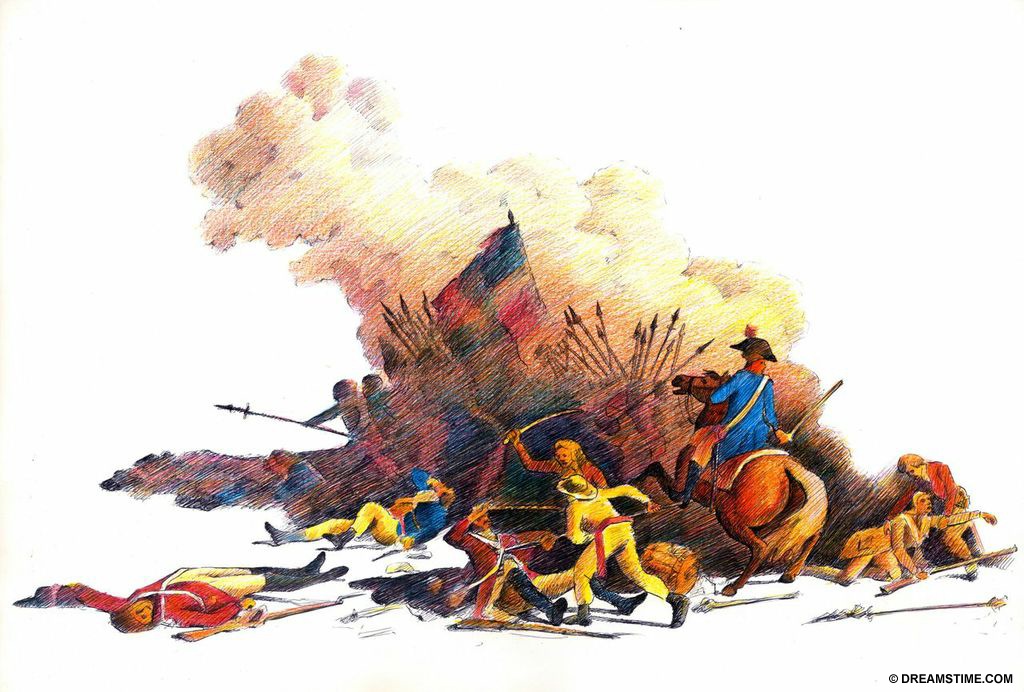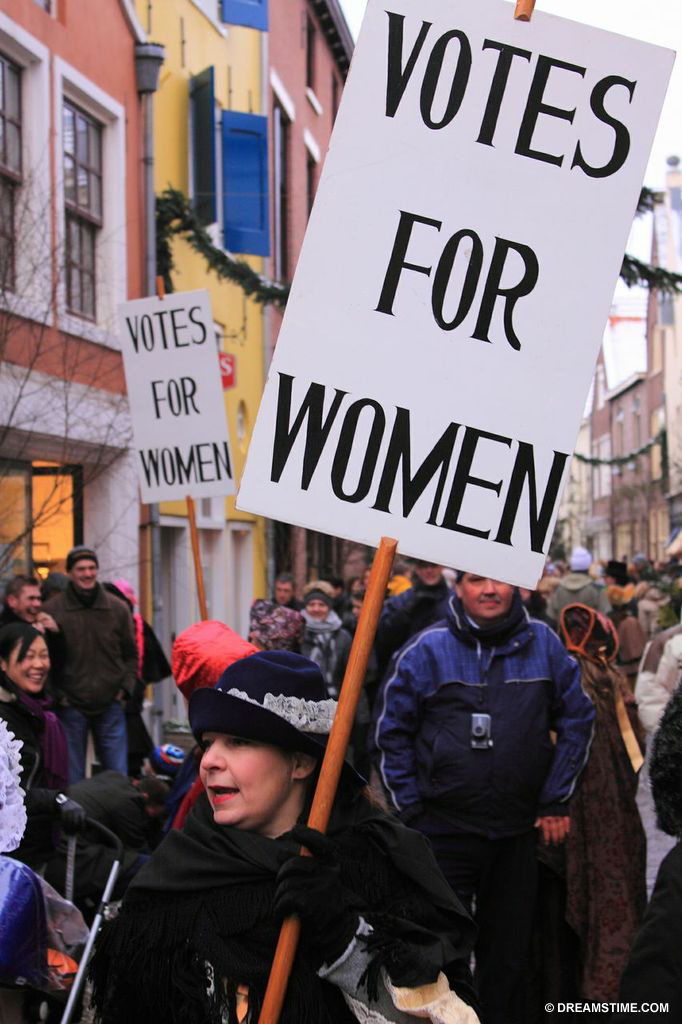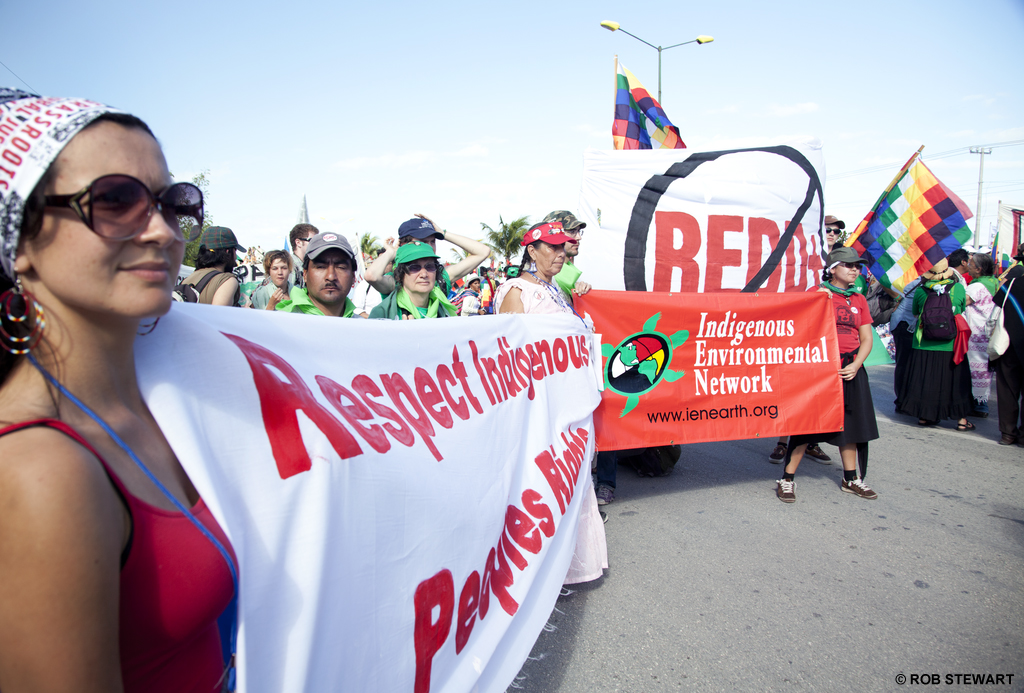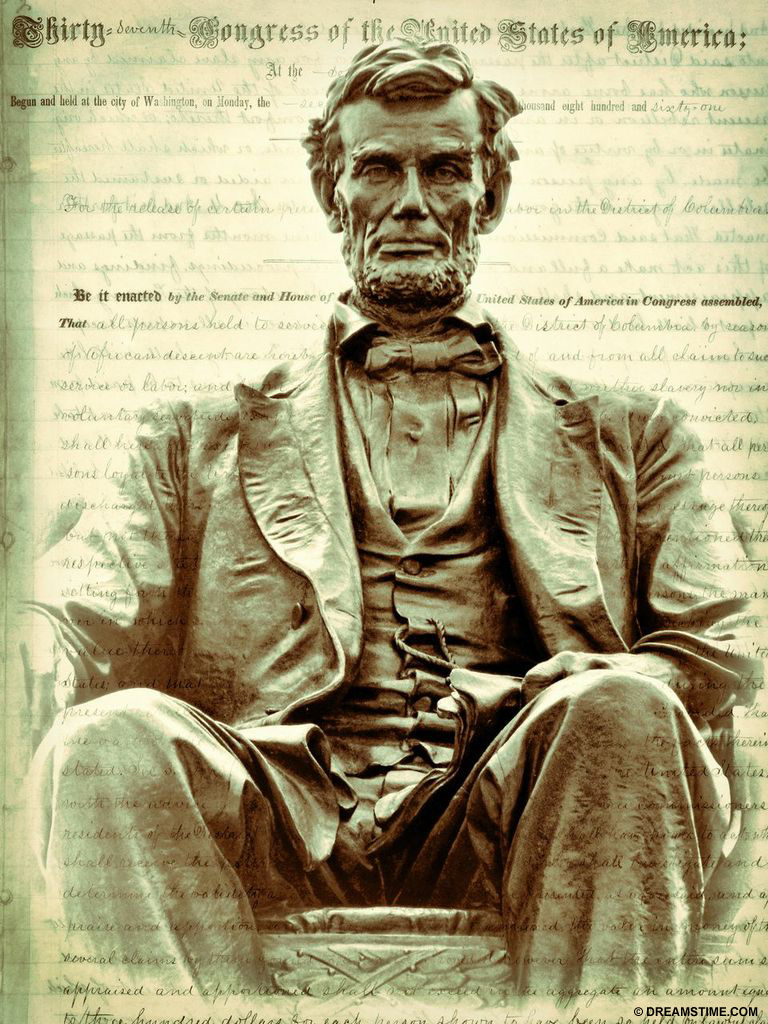Save the Humans
Movements For Change
Groups of People Taking a Stand to Initiate Action
It was ordinary people acting together against special interests and even cultural norms who fought for banning slavery, civil rights, the rights of women and environmental protection. We need to come together and change public opinion and lifestyle – our world must be fought for.
Civil Rights
French Revolution
The French Revolution (1787 to 1799) was a revolt of French citizens against the country’s system of monarchy, religious authority and nobility, where only the rich had political and social privilege. Traditionally, social status, political influence and ownership of land depended on birth. Citizens went to war against the upper classes to receive liberty from discrimination and earn equality.

Cartoon image depicting The French Revolution
The French Revolution played a critical role in changing the way people lived and thought across Europe; it showed the world the power of a unified people. It is considered one of the most momentous turning points in modern history.
End to Slavery
The fight to end worldwide slavery in the 17th, 18th and 19th centuries took the will of generations, across sectors and classes of society, in many countries. It was the combined, lengthy protests and awareness raising of diverse groups and outstanding individuals (e.g., Quakers, immigrants and the slaves themselves) that drove governments to change slavery laws. The ideas of universal liberty and equality stemming from the French Revolution inspired those seeking an end to slavery.
United States: In the late 1700s, laws against slavery began to be passed in individual states in the US, including the outlaw of the African slave trade by US Congress in 1807. The epic US Civil War pitted Americans against each other in a fight for freedom and an end to slavery. Slavery was finally abolished in America in 1865. The Emancipation Proclamation by President Lincoln in 1863 was a historic milestone in the road to freedom in the US
Britain: After 20 years of campaigns by British supporters, the British government declared the buying, transporting and selling of slaves illegal in 1807, but slaves were still not free. In 1823, religious groups, politicians and supporters from around the country came together to form the Anti-Slavery Society to rouse public opinion — only one of many campaigns.[28. The National Archives. United Kingdom. “Emancipation.” http://www.nationalarchives.gov.uk/] With politicians working within government, groups raising public awareness and slaves in rebellions overseas, slave ownership was finally outlawed in 1834.
Slavery, or human trafficking, has not disappeared. Slavery exists today, though not as obvious, in many parts of the world.
Women’s Rights
In the anti-slavery movement, women found the foundation for their own freedom and the drive to fight against traditional treatment and prejudices toward women. Many activists involved in anti-slavery work turned their focus to women’s rights.

Women standing up for their rights
Women in New Zealand earned the right to vote in 1893 and Australia in 1902 – but women from America, Britain and many other countries did not win the same rights until later in the early 1900s. Still other countries held off for decades.[29. Scholastic. “History of Women’s Suffrage.” http://teacher.scholastic.com] Most of Canada had granted women the right to vote by or shortly after 1918. Women in Quebec were denied the right until 1940![30. Scholastic. “History of Women’s Suffrage.” http://teacher.scholastic.com]
Men and women around the world fought intense political battles for decades to earn women the right to be recognized as citizens with equal rights to men—to vote, own property, earn wages and go to school. It took generations of activists and supporters more than 50 years to earn women rights, such as the right to vote. The US movement to enfranchise women lasted for more than 70 years, and involved three generations and millions of women. They educated the public through lectures and literature; and hands-on actions such as lobbying, hunger strikes, marches and protests. There were conventions, petitions, declarations, campaigns, associations, political parties and reform movements all dedicated to women’s rights.
The fight for equal rights for women still continues in many countries, such as Chad,[31. Newsweek/The Daily Beast. “Best and Worst Countries for a Woman.” Sept. 18, 2011. www.thedailybeast.com] Afghanistan, and Saudia Arabia.[32. Human Rights Watch. “World Report 2012: Saudia Arabia.” www.hrw.org]
Environmental Protection
Power Shift: Young Activists
Power Shift is a grassroots-driven community that seeks to empower and serve as a hub for the youth climate movement. The movement brings together thousands of youth (18 to 30 years) for panels and workshops, resource sharing, relationship building, civil-disobedience training and lobbying. As a unified community, youth can build political power, harness collective energy and amplify their message.
National Power Shifts and similar summits are revving up the climate movement in the United States, Canada, Australia, New Zealand, Europe, Africa, India, Japan and South Asia. The first ever Power Shift, organized by the Energy Action Coalition, was held in the United States in 2007.[33. Global Power Shift. “About.” http://globalpowershift.org]
More than 6,000 young people from all 50 states gathered at the University of Maryland for a weekend of training, action and inspiration. The Australian Youth Climate Coalition led their own Power Shift in 2009 and were soon followed by the Badlaav conference in India led by the Indian Youth Climate Network, UK Power Shift led by the United Kingdom Youth Climate Coalition, and Canada Power Shift led by the Canadian Youth Climate Coalition.[34. Global Power Shift. “About.” http://globalpowershift.org]
In Revolution, Rob Stewart dives into protests at Power Shift 2009 on Capitol Hill as 6,000 youth activists blockade the Capitol’s coal-fired power plant. By 2010, Power Shift had spread across more of Europe. In 2011, more than 10,000 activists came together for the third US Power Shift. Momentum continued into 2012 with Power Shifts in Sweden, Ukraine, Canada, Belgium, and New Zealand.[35. Global Power Shift. “About.” http://globalpowershift.org]
Global Power Shift was initiated by 350.org, a youth-led network co-founded by environmental writer Bill McKibben. In June 2013, Global Power Shift launched in Istanbul; a chance for the international youth climate activists to learn from each other, strategize and take the Climate Movement to the next level around the globe with more Power Shift events and new campaigns.[36. Global Power Shift. “About.” http://globalpowershift.org]
What Have They done: United Nations Framework Convention on Climate Change
Time for talk is over.
It’s been 20 years since the United Nations Framework Convention on Climate Change was created and they’re still caught up in negotiations. The treaty brings countries together to cooperatively consider what they could do to limit average global temperature increases, the resulting climate change and how to cope with impacts. Country delegates meet to discuss international climate change negotiations at an annual Conference of the Parties (COP) held in a different country each year.
The lack of action on climate change has protestors flocking to each COP to voice the need for urgency.
On December 12, 2009, halfway through COP15, 100,000 protestors took to the streets of Copenhagen – to bring attention to the fact that world leaders had still not agreed to strict limitations on carbon emissions, nor had they helped developing countries cope with climate change. Protestors dressed as penguins and polar bears carried signs saying ‘Save the Humans'[37. The Observer. “Hundreds arrested at Copenhagen protest rally.” Bibi van der Zee and Robin McKie. Dec. 12, 2009. http://www.guardian.co.uk] – the police arrested 1,000 climate campaigners. Close to 115 world leaders attended the high-level conference, making it one of the largest gatherings of world leaders ever outside UN headquarters in New York.[38. United Nations Framework Convention on Climate Change. “Copenhagen Climate Change Conference – December 2009.” http://unfccc.int]
A year later at COP16 in Cancun, Mexico, Revolution filmmaker Rob Stewart joined Canada’s youth delegation. The Mexican government did its best to eliminate the possibility of protests at the actual conference location, holding the conference far outside the city in a complex surrounded by a fence seven kilometres away. The youth, indigenous and environmental group delegates, were not dissuaded and took matters into their own hands. From within the conference delegates staged protests and skits, gave speeches, sang songs, screamed themselves hoarse and did anything to get the message of urgency to other conference delegates. Drama peaked when police stopped 20 youths from protesting about the slow pace of negotiations. The youth chanted numbers from one to 21,000 that represented global climate-related deaths in the previous nine months – police forced the students on to a bus to be taken off the property.

COP 16 in Mexico
These past protests may have been the fuel for youth action in Qatar at COP18 in November 2012. Qatar experienced its first environmental protest march at the Conference; close to 800 people marched, including about 100 young activists from the Arab youth climate movement.[39. “COP18: Climate Change Protest March Takes to the Streets Of Doha.” Timon Singh. Dec. 4, 2012. www.inhabitat.com]
Actions speak louder than words. Protests provide an opportunity for diverse peoples to join in, combine efforts, and bring worldwide attention to the issues that need it most.
Greenpeace: Environmental Protectors
Greenpeace stands out from among international environmental groups because of its often aggressive but non-violent, creative measures and civil disobedience to hold people, governments and corporations accountable – when they commit crimes against the environment or fail to protect it. Greenpeace also uses research, lobbying and quiet diplomacy when effective.
In order to remain independent Greenpeace does not accept donations from governments or corporations, but instead relies on contributions from individual supporters and foundation grants. It may have started with a small group of activists in 1971, but now they have offices in more than 40 countries and they are working to change attitudes and behaviour, to protect and conserve the environment and to promote peace.
Greenpeace exists because this fragile earth deserves a voice. It needs solutions. It needs change. It needs action.” – Greenpeace[40. Greenpeace International. “About Greenpeace.” www.greenpeace.org]
Greenpeace volunteers have faced jail, physical threats and political persecution – but their actions get results. In 1995, Greenpeace activists organized a worldwide, high-profile media campaign to stop Shell Oil from sinking an oil storage buoy in the North Sea – activists occupied the buoy as part of the campaign.
Their actions initiated responses from neighbouring governments, public protests and boycotts across Europe – and the public pressure was too much for Shell. The company committed to recycling the buoy and ultimately ocean disposal of oil rigs was banned internationally.[41. Greenpeace Philippines. “The Brent Spar.” Oct. 6, 2006. www.greenpeace.org/seasia/] The campaign is a good example of what Greenpeace does best; motivate high-profile action among the masses to keep corporate and government accountable for their environmental and social behaviour.
Read more about Greenpeace success stories.


